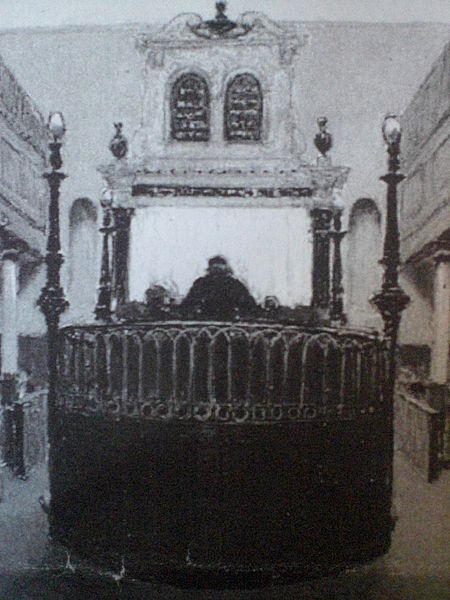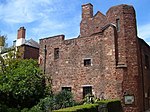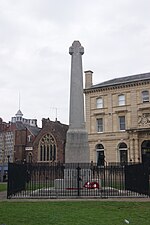Exeter Synagogue
1763 establishments in England18th-century synagoguesAshkenazi Jewish culture in EnglandBuildings and structures in ExeterDutch-Jewish culture in the United Kingdom ... and 5 more
Orthodox synagogues in EnglandReligious buildings and structures completed in 1763Sephardi Jewish culture in the United KingdomSynagogues in DevonUse British English from December 2016

Exeter Synagogue is in Synagogue Place, Mary Arches Street within the old city of Exeter, Devon, and is the third oldest synagogue in the United Kingdom. Originally built as a Sephardi synagogue for Dutch Jews trading in Exeter, it is now a synagogue of the Ashkenazi rite. Exeter Hebrew Congregation itself existed shortly prior to its construction.
Excerpt from the Wikipedia article Exeter Synagogue (License: CC BY-SA 3.0, Authors, Images).Exeter Synagogue
Synagogue Place, Exeter St Thomas
Geographical coordinates (GPS) Address Nearby Places Show on map
Geographical coordinates (GPS)
| Latitude | Longitude |
|---|---|
| N 50.7226 ° | E -3.534 ° |
Address
Synagogue Place
Synagogue Place
EX4 3EX Exeter, St Thomas
England, United Kingdom
Open on Google Maps











